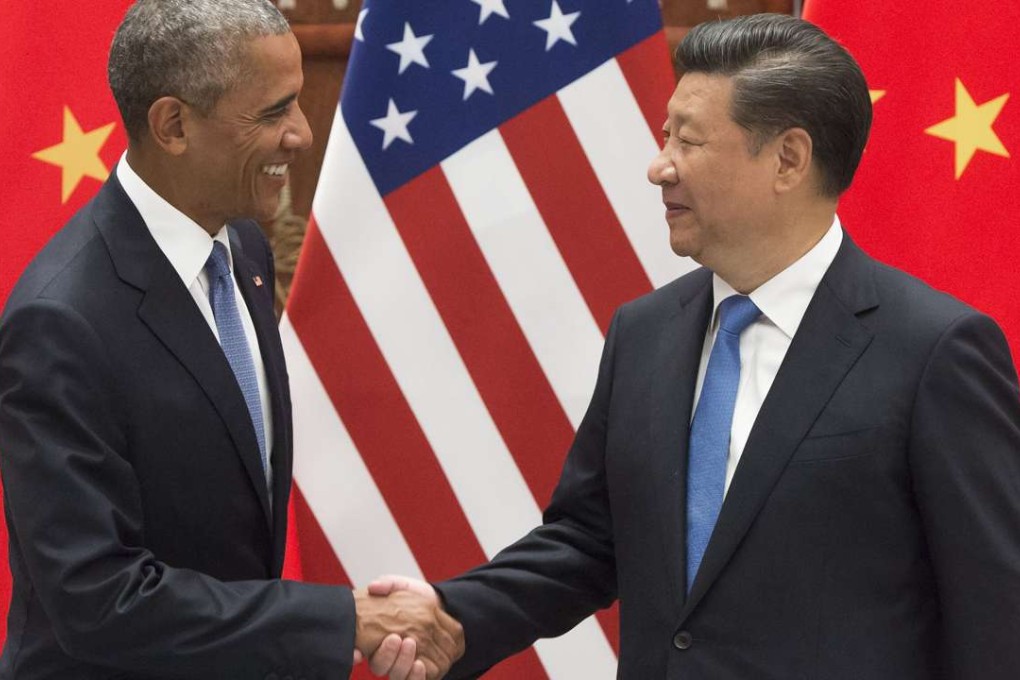How the China-US relationship evolved, and why it still matters
It might be complicated, but experts say it’s too important to ignore or damage

Diplomatic observers struggle to reach a consensus definition of the complicated Sino-US relationship, but all agree it’s too important to be ignored or damaged by miscalculation or mismanagement.
It also stands out as arguably the most important bilateral relationship to be managed by the next US president, irrespective of whether Democrat Hillary Clinton or Republican Donald Trump wins Tuesday’s election.
Since the founding of the People’s Republic of China in 1949, the relationship between the world’s leading capitalist democracy and its most populous communist state has evolved from stand-off to conflict and then on to today’s complex mix of intense diplomacy and escalating rivalry between two increasingly intertwined economies.
We cannot see where the doves are in China. This is a big problem
Observers also agree that no country has played a greater role than the United States in shaping and influencing modern China’s historical development, regardless of whether that influence is viewed as positive or negative.
For instance, the US was the world power most deeply involved in the latter stages of the civil war between Mao Zedong’s Communists and Chiang Kai-shek’s Nationalists, from 1945 to 1949, first attempting to mediate a settlement and then providing massive financial aid to the Nationalists, who lost and withdrew to Taiwan. Then, in the early 1950s, troops from the two nations came into direct conflict during the Korean war, with tens of thousands killed on both sides. In the mid to late 1960s, during the Vietnam war, Chinese anti-aircraft artillery shot down American planes over North Vietnam and Chinese jet fighters shot down others near Hainan Island.

US president Richard Nixon’s historic visit to China in 1972, ending decades of estrangement, was a landmark event in the history of the People’s Republic. It not only reshaped the international geopolitical map, leading to the normalisation of diplomatic ties in 1979, but also laid the groundwork for China’s opening to the outside world in the following decade.